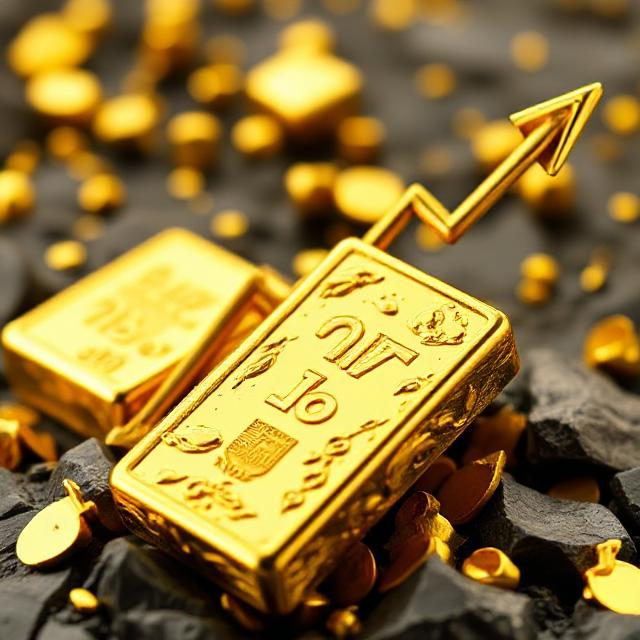Concerns about a recession and growing trade tensions between the US and China drove investor demand for safe-haven assets like gold, which boosted prices to an all-time high on Friday.
As of 00:39 GMT, spot gold was up 1% at $3,205.53 an ounce. Earlier in the session, the price of gold reached its highest point ever, $3,217.43 and has now increased by almost 5% for the week.
U.S. gold futures GOLD increased 1.5% to $3,226.50.
US President Donald Trump increased duties on Chinese imports, thereby lifting them to 145%, while declaring a 90-day tariff truce on dozens of other nations.
There have been concerns that Beijing may raise duties over the current 84% barrier because China has been matching each of Trump’s tariff increases with increases of its own.
Geopolitical unrest in the Middle East and Europe, central banks’ robust demand, the Federal Reserve’s anticipated interest rate lowering, and rising inflows into gold-backed exchange-traded funds have all contributed to this year’s gold surge.
U.S. consumer prices surprisingly declined in March, according to data released on Thursday; nevertheless, inflation risks are now more favourable due to Trump’s redoubling of tariffs on China.
In light of the statistics, traders wager that the U.S. Federal Reserve will return to lowering interest rates in June and most likely lower its policy rate by one whole percentage point by year’s end.
Traditionally viewed as a hedge against inflation and political and economic unpredictability, gold has increased by more than 21% this year.
The spot price of palladium (XPDUSD1!) increased 0.8% to $915.75, platinum (PL1!) up 0.1% to $938.35, and silver (XAGUSD1!) increased 0.3% to $31.28 an ounce.







